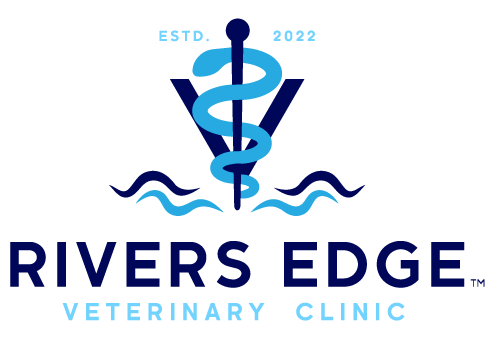Library
-
Controlled substances are medications or illicit drugs that affect the central nervous system and have the potential for abuse or dependence, both in humans and in animals. These drugs are often needed to manage pain and other conditions in pets and are relatively safe when used appropriately and under the guidance of a veterinarian. Be sure you understand the risks and responsibilities associated with controlled substance use.
-
The anconeal process is a small projection of bone on the ulna, the longer of the two bones of the forearm. If the anconeal process does not fuse to the rest of the ulna correctly during growth, it causes a condition called ununited anconeal process (UAP). This problem appears to be hereditary mostly in large breeds. When this part of the ulna does not fuse, the elbow joint becomes unstable, causing lameness and pain. Treatment requires surgery. Some form of rehabilitation will improve your dog's chances of making a full recovery from surgery and minimize lameness problems.
-
Urate bladder stones are most commonly the result of a genetic abnormality in breeds such as dalmatians. Other causes include liver diseases such as portosystemic shunts. The most common signs that a dog has bladder stones are difficulty urinating and blood in the urine. Strategies for treating urate bladder stones in dogs include medical dissolution and removal. Dogs that have experienced urate bladder stones will often be fed a therapeutic diet for life. Dogs with liver disease will need to be treated appropriately prior to addressing urate bladder stone management.
-
Urinalysis is an important part of any comprehensive workup or health screen. It provides information on the urinary system including the kidneys and bladder and also can support diagnosis of metabolic disease, such as diabetes mellitus.
-
Urinary incontinence (UI) is the loss of voluntary control of urination. The most common clinical sign is pooling or spotting of urine underneath your dog when it is sleeping or relaxed. Urinary incontinence is diagnosed based on clinical signs, medical history, blood tests, and urine tests. Bladder X-rays and ultrasounds are often performed to search for bladder stones or other abnormalities affecting urine storage and outflow. Treatment will be based on your pet's specific diagnosis. Medications that increase urethral sphincter tone such as phenylpropanolamine (PPA), or hormone replacements such as estrogen or diethylstilbestrol (DES), are commonly used alone or in combination. In general, the prognosis is good.
-
Urinary tract infections (UTIs) are fairly common in dogs. Dogs with UTIs tend to have the following signs: attempting to urinate frequently when they go outside, straining to urinate, blood in the urine, crying out or whining while urinating, licking their genitals, and a break in house training. Generally, a UTI occurs when bacteria travel up the urethra and into the bladder. If your dog presents to your veterinarian with urinary signs, your veterinarian will first perform a urinalysis. Once the culture and sensitivity results are received, an appropriate antibiotic will be prescribed. Older female dogs and dogs with certain health conditions may be predisposed.
-
Tumors of the urinary tract may present anywhere from the kidneys to the tip of the urethra. Tumors of the bladder are most common in the dog whereas tumors involving the kidneys are more prevalent in cats. Unfortunately, many tumors of the urinary tract are malignant and treatment options may be limited. Surgery is possible in select cases. Medical treatment may be beneficial in cases where surgery is not possible.
-
Cortisol is a stress hormone that is excreted from the body in the urine. Creatinine is a product of muscle metabolism and is normally lost in the urine at a relatively steady rate. The ratio of creatinine to cortisol in the urine can be used to account for the effect of urine concentration on cortisol measurements. Urine cortisol/creatinine ratio is usually evaluated in animals suspected of having Cushing's disease. This test involves the collection of a single urine sample, taken first thing in the morning.
-
The presence of protein in urine is called proteinuria, and it may indicate that the kidneys are not working properly. In some situations, proteinuria may even be a sign of kidney failure; however, bleeding or inflammation in the urinary system is a far more common cause. Your veterinarian may recommend further testing if the urinalysis reveals inflammation or bleeding.
-
The urine protein/creatinine (UPC) ratio is a test that measures how much protein is being lost through the kidneys. The UPC measures whether protein excretion is greater than expected when compared to the excretion of creatinine. Before the UPC ratio can be interpreted, two other measures of kidney function should be taken: blood urea nitrogen (BUN) and serum creatinine.

